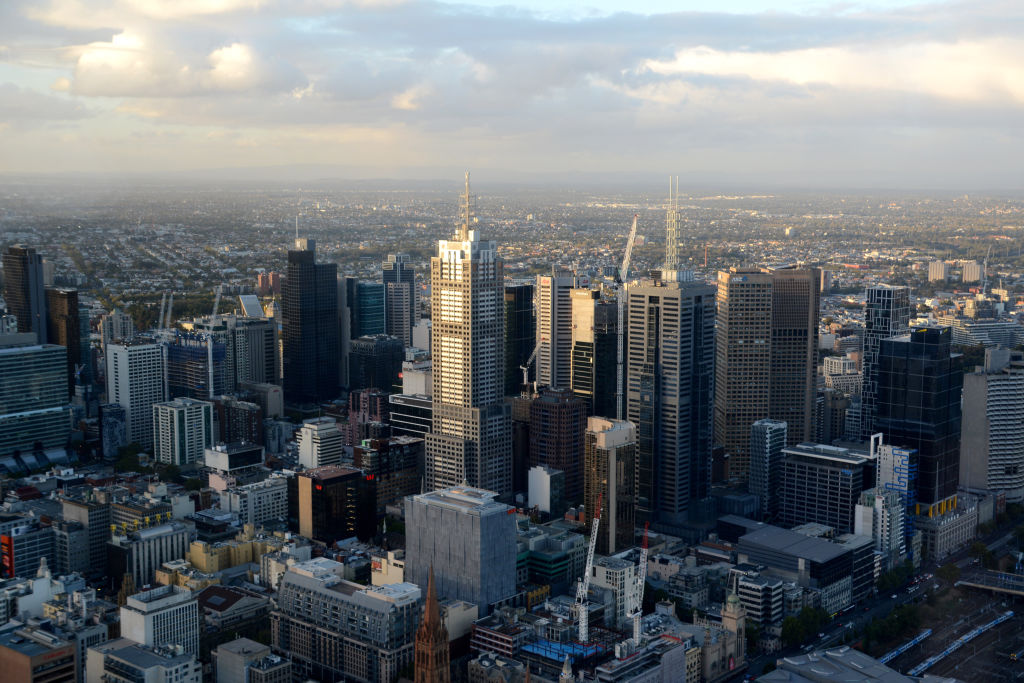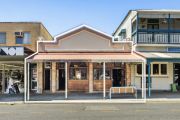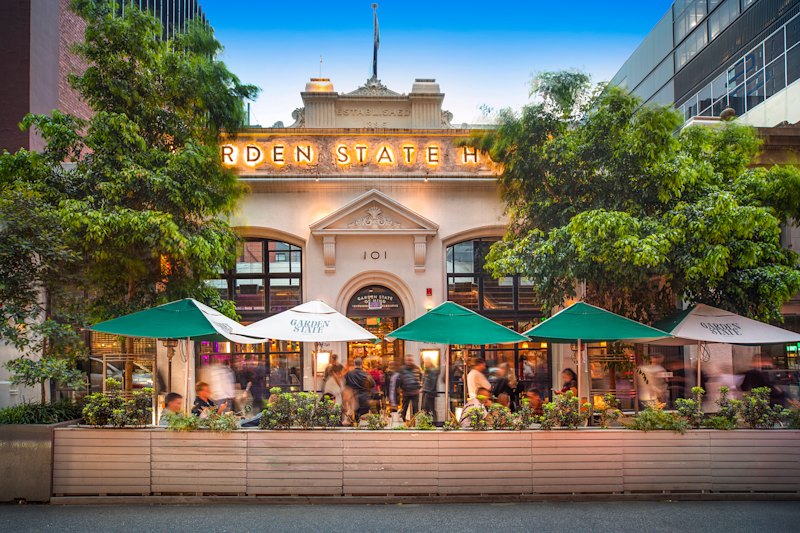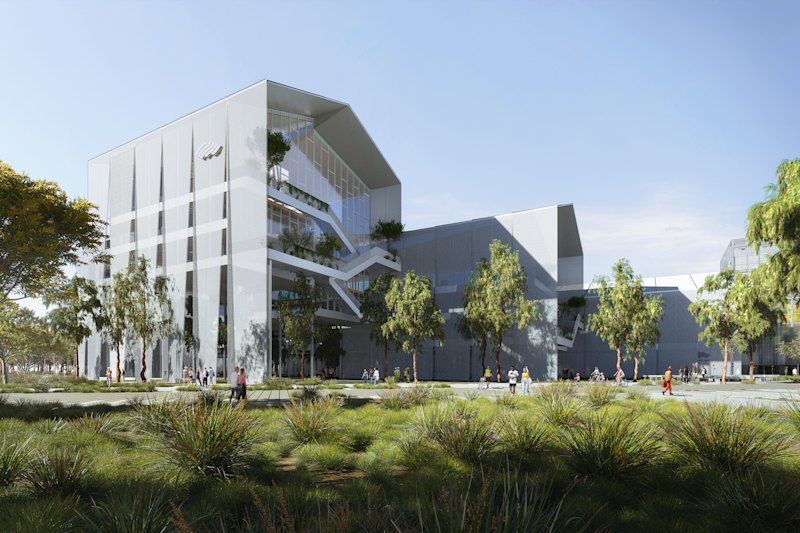
Metro office market rents prove more resilient
Office markets in the suburbs and city fringes around the country are proving to be relatively more resilient than those CBD markets, with forecast rents to fall more moderately in most areas over the next year.
Net effective rents, which take into account incentives, in many fringe and metro markets – such as North Sydney and St Leonards in Sydney and St Kilda Road and Southbank in Melbourne – are expected to take a hits of between 1 per cent and 5 per cent in the coming year, says Simon Hunt, Colliers International’s managing director for office leasing.
By contrast, the supply and demand cycle combined with the pandemic disruption will exact a heavier toll on the price of CBD space. Rents for prime offices in Sydney’s CBD could fall by 9 per cent by the middle of next year, and by even more in Melbourne. Parramatta, which is considered the second CBD in Sydney, could experience a fall of up to 12.5 per cent over the next year, according to the most recent Colliers forecast.
The metro markets may be better protected from volatility by the typically smaller footprint of tenants and the willingness of staff to return to work in suburban offices more quickly, according to Mr Hunt.
“The enquiry rate and the actual number of deals done in fringe and metro markets is roughly the same as last year. They are holding up,” he told The Australian Financial Review.
“Tenants in the metro markets drive their cars to inspections. In the CBD a lot get public transport in. People are concerned with the safety of public transport.”
In the major CBD markets, larger incentives are expected to drag effective rents down even if face rents remain steady. Major occupiers are likely to wait until early next year to make decisions on larger leases when they have a better sense of occupancy requirements and the impact of the work from home trend.
The adoption of flexible space may well play a larger role in a broader return to work, through the use a hybrid model combining centralised CBD offices with suburban work centres, according to Mr Hunt.
“Practically, it is not possible to choose a single suburban ???spoke’ office when the majority of staff for big employers would live scattered around the outskirts of a city. Additionally, it would not be financially viable for a large employer to open multiple suburban offices, which would result in duplicated costs and be management intensive,” he said.
“A flexspace membership model with operators in suburban centres would allow staff to work from a particular flexspace provider if they don’t need to come into the CBD but also can’t conveniently work from home.”
Suburban markets in Sydney and Melbourne have shown their strength over the past month. Last month Singapore’s Ascendas REIT struck a $167.2 million deal to acquire an office tower under development in Sydney’s Macquarie Park. That transaction came just days after Keppel REIT acquired three office towers in the same area in a $306 million deal.
And just last week, Growthpoint Properties Australia secured hardware retailer Bunnings as anchor tenant taking nearly 14,000 sq m in a speculative office building it had developed in the city-fringe suburb of Richmond.











